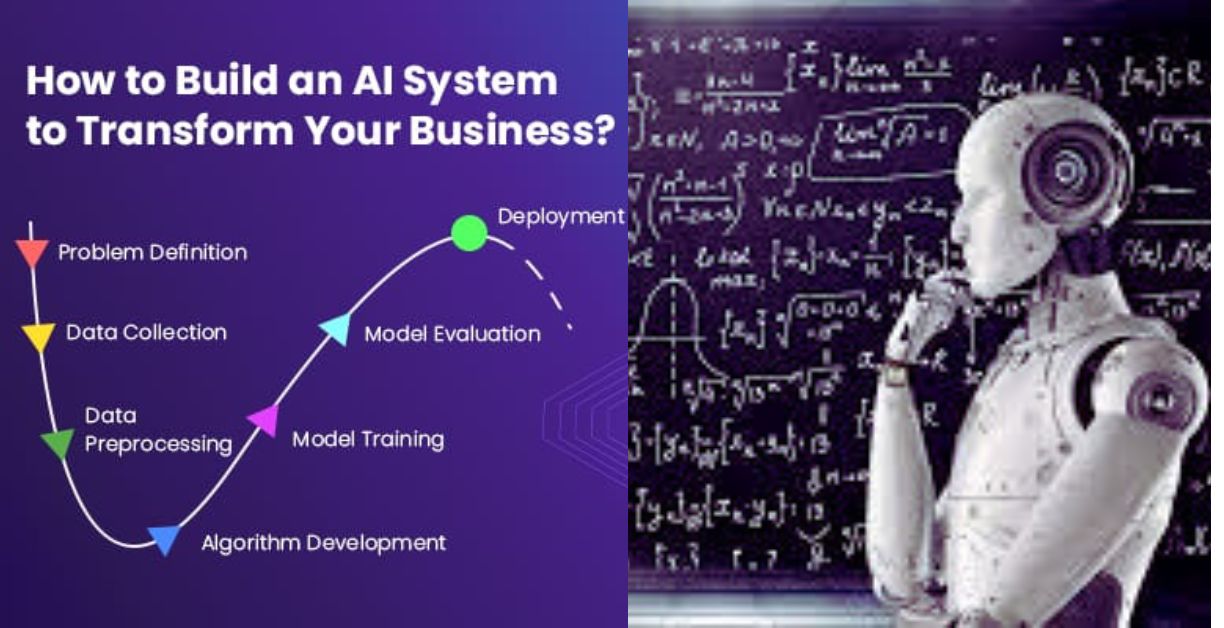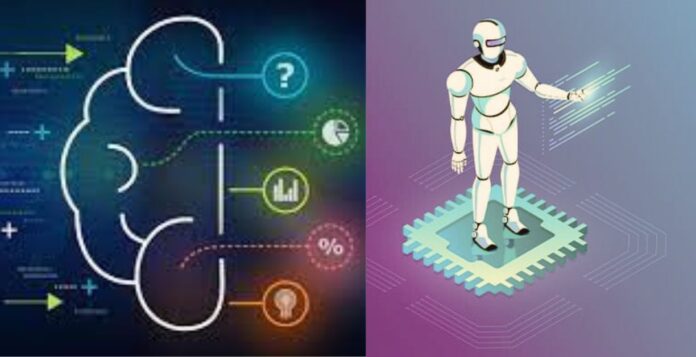All good and bad things are possible these days with artificial intelligence technology. Almost every website is using AI tools. As a result, artificial intelligence (AI) is making many tasks easier. You will be informed about one such tool, which teach you step by step that how to build your own artificial intelligence.
how to build your own artificial intelligence
What Does an AI System Need to Be Built?
Building an AI system involves a few essential components. The foundation of any AI learning process is high-quality data, thus this is the first thing you need. This is supported by well-defined models or algorithms that can process this data; these can be deep learning networks or as basic as decision trees.
Strong infrastructure is also necessary for your AI solution to be trained and implemented, whether it is on-site servers or cloud platforms like AWS or Google Cloud Platform. Lastly, a solid foundation in statistical analysis, machine learning, these elements are connected by computer languages (such as Python or R) and the ability to create artificial intelligence.
How to Create AI From Nothing
Although building an AI system from scratch can seem intimidating, it can be made simpler and a solid understanding of AI can be gained by breaking it down into manageable steps. Determining the issue you’re attempting to tackle and setting specific objectives for your AI system are crucial first steps.
The data that your system will need to learn will typically need to be gathered and prepared after that. This could entail manual data collecting, API requests, or web scraping, depending on the specifications of your AI project. After that, you choose the platforms and tools that best fit your requirements and technical capabilities.

Read more
what is ai in computer and how it works
how can adversarial ai attacks be defended against
how to use ai to predict sports betting
Developing AI algorithms or selecting suitable models that can “learn” from your data is where the real work is done. You use your dataset to train these models once you have developed or chosen them. During this process, data is fed into the models, and performance is optimised by adjusting parameters.
A common last stage is testing the AI system’s accuracy and resilience against hypothetical data. Your AI solution is prepared for implementation in a real-world setting once it has been found adequate. Naturally, developing AI takes time and effort. To remain relevant and effective in the ever evolving digital context, it needs to be regularly updated and subjected to continuous monitoring.
This methodical methodology offers a thorough road map for building your own artificial intelligence from the ground up. But each of these processes has unique difficulties and demands that call for technological expertise in the creation of artificial intelligence. Below, let’s examine each in more detail.
Here how to build your own artificial intelligence. Creating artificial intelligence on your own requires a few steps:
1. Establish the Scope: Choose the tasks you want your AI to perform. Anything from natural language processing to picture identification could fall under this category.
2. Gather Data: Create or compile a sizable dataset pertinent to the work at hand for your AI. Reliable data is essential for building precise models.
3. Preprocess Data: To prepare the data for training, clean it up, deal with any missing values, and preprocess it. Depending on the type of data, normalisation, scaling, and other methods may be required.
4. Select Algorithms: For your work, choose the machine learning or deep learning algorithms that are most suited. Neural networks, support vector machines, decision trees, and other systems may be examples of this.
5. Train Your Model: To train the model of your choice, use the preprocessed data. In order to reduce errors, the model’s parameters must be adjusted once the data is fed into it.
6. Evaluate Performance: Using assessment criteria relevant to your task, determine how well your model performs (e.g., accuracy, precision, recall).
7. Fine-tune and Iterate: You can improve your model by modifying methods, adding more data, or adjusting hyperparameters. Repeat the training method until you reach a level of performance that meets your needs.
8. Implement AI: After you’re happy with your model’s functionality, implement it in a real-world setting so it may be used to provide predictions or carry out independent activities.
9. Monitor and Update: To keep your AI effective, keep an ongoing eye on how it performs in real-world situations and update it as necessary.
Hope now you know about how to build your own artificial intelligence. Keep in mind that developing AI systems necessitates a solid grasp of machine learning principles, programming abilities, and subject-matter expertise in the field you’re targeting. It’s crucial to maintain ethics and think about how your AI system might affect society.















